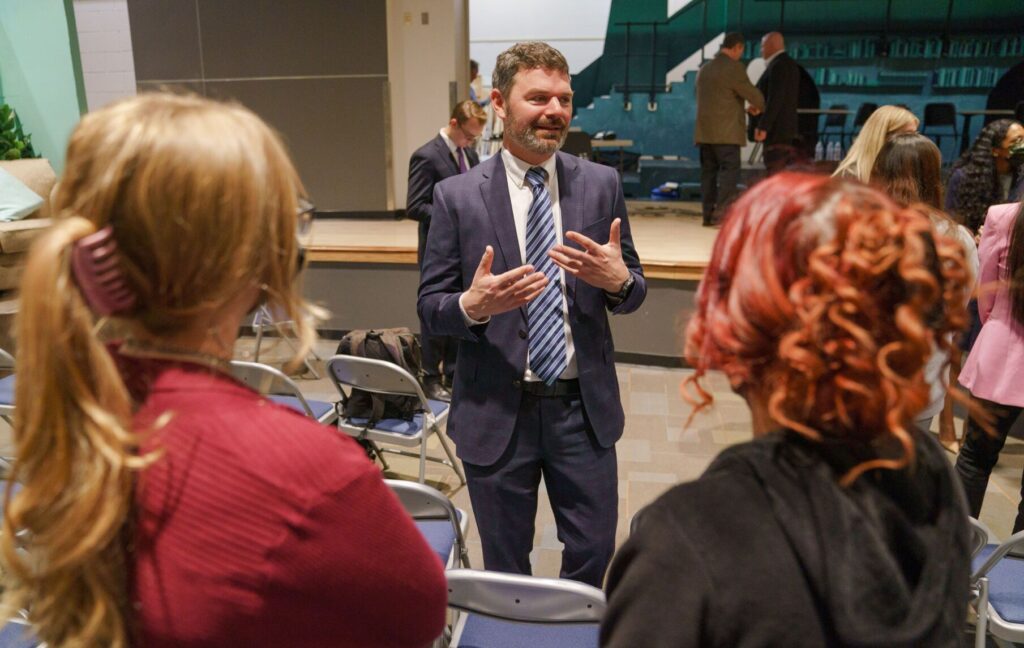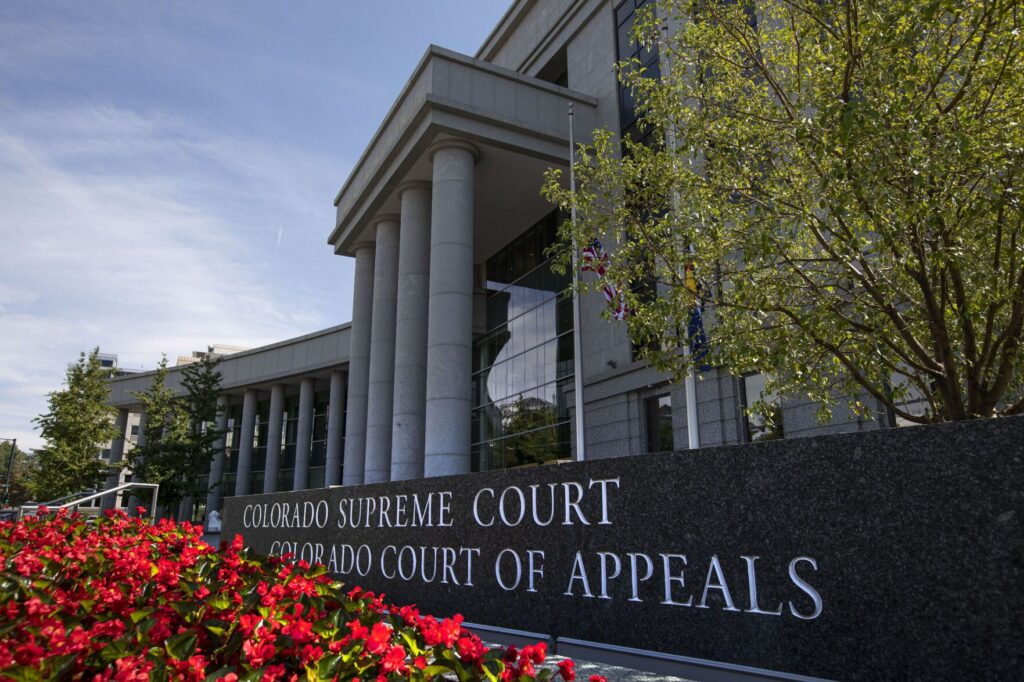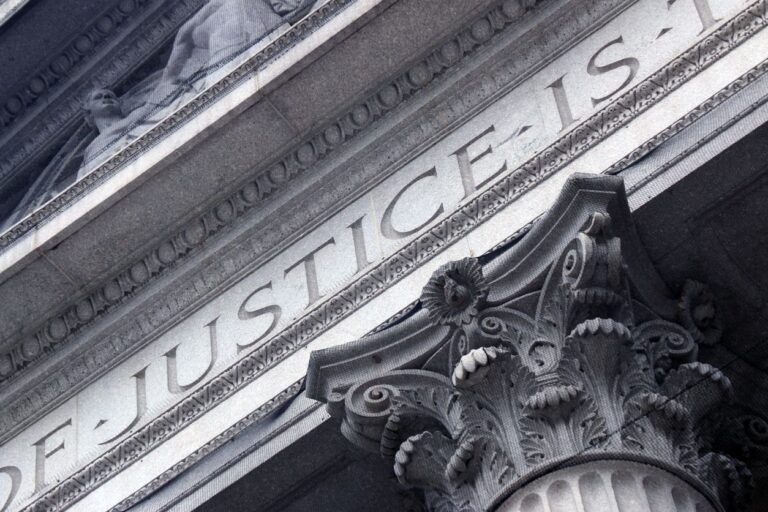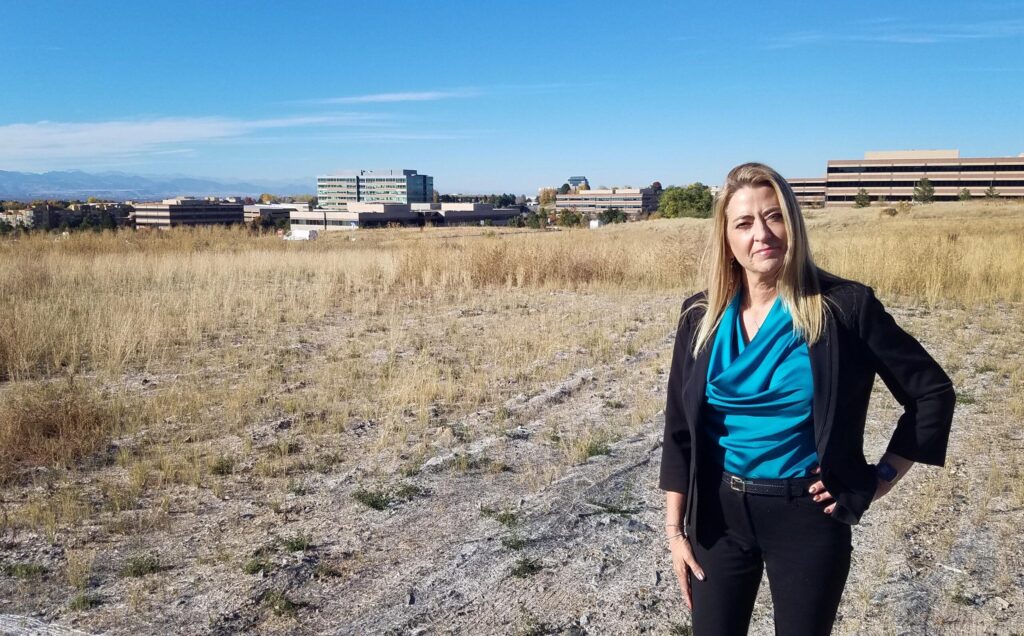SONDERMANN | DIA – Denver’s Interminable Atrocity

Travel is good for the soul. However, coming home through the reentry point of Denver International Airport is enough to jangle anyone’s nerves.
My wife and I had that experience less than two weeks ago in returning from a glorious, long-delayed, overseas trip. It is impossible to overstate the mess that we observed on a mid-October Friday in making our way through DIA.
Fortunately for us, we were homebound instead of departing so we were spared the worst of what so many were experiencing in simply trying to make a flight. But the totality of the scene led me to suggest that DIA now stands for Denver’s Interminable Atrocity.
We will get to a discussion of how this came to pass. Though, first, let’s paint the picture.
The escalator from Concourse A to the train was not working. Ditto for the long, steep, outdoor escalator from the terminal down to the RTD station. One women’s restroom featured a line out the door. Ventilation seemed to be out of order, at least on the east side of the terminal.
Of most note, security lines were snaking here, there and everywhere throughout the terminal. The “official” word was that the line was 2.5 hours long. Though there was speculation that the wait was closer to four hours.
Those security lines wound through and around much of the baggage claim area causing extreme congestion for both those arriving and departing. Between that entanglement and the overly packed trains, as well as there being but one working escalator from the train up to the terminal, any notion of social distancing was impossible.
We won’t even begin to discuss the off-putting aesthetics of the whole scene.
Word is that we happened to venture through DIA on a particularly busy day with an unusual number of mechanical malfunctions. Perhaps. But here’s doubting that it was a much prettier picture the day before or after.
Denver Councilwoman Amanda Sawyer used current vernacular to comment, “The user experience there is awful.” Inarguably so.
Senior airport communications officer Stacey Stegman acknowledges much of this, while painting a hopeful portrait of things getting better soon. Specifically, she cites the upcoming date of Nov. 10, when many internal construction walls should come down to open up space and show evidence of progress.
Stegman is capable and responsive, but it is her unenviable task to put lipstick on this pig. An affable, useful conversation with her is a reminder that even the Hindenburg surely had a good PR flack.
This is not an argument for some status quo or an assertion that DIA did not need an update. When this project was born, the airport was well over 20 years old. Passenger numbers were growing before the pandemic and further growth is forecast in years ahead. During the first half of this year, DIA was the third busiest airport in the world, though our ranking is more customarily in the teens.
Further, the airport was constructed well before 9/11 and the security checkpoints were never the primary anticipated use of the Great Hall.
If this project is badly off the rails (a mixed metaphor, for sure), the root causes lie in its origins. That rushed process, marked by obsessive secrecy even to the extent of requiring City Council members to sign non-disclosure agreements before reviewing financial documents, led to the ill-conceived, ill-fated, public-private partnership with the Spanish company, Ferrovial.
We remember that story’s tortured unfolding. Back to Councilwoman Sawyer who came on board long after that decision: “How the rebuild got underway wasted time; wasted taxpayer money; and stretched thin the public’s patience.”
Another acute observer described Mayor Hancock’s partnership with Ferrovial to be, “doomed from the start.”
Beyond financial transparency, the other missing ingredient way back then was any kind of exciting, publicly-shared vision. The sense was – and remains – that this was largely a retail play to create a shopping mall inside the terminal.
Even DIA spokesperson Stegman now attests that a massive retail maze was the lynchpin underlying Ferrovial’s financial assumptions. Stegman, however, submits that the retail component has been scaled far back in the post-Ferrovial iteration.
One hopes so while remaining dubious. Most airports now resemble Park Meadows with runways. How much of what Denver travelers are living through is so that future travelers can pick up some Clinique or Lancome after going through security? Or grab a Gucci bag or some Bose headphones? Or maybe purchase that new Tumi suitcase? (Which begs the question of who buys luggage at an airport. Did they show up with their belongings in a garbage bag and then realize there was a better way?)
The DIA mess is likely to get worse before it gets better. The new security checkpoints are still two years off.
If new airport management was so motivated (looking at you, Phil Washington), they might use the opportunity to finally get Denver voters and the traveling public to buy into whatever vision merits this level of inconvenience. Better late than never.
In fairness, there are compounding factors. No one foresaw a mid-construction pandemic. The parking hassles and lack of TSA lines are as much a function of workforce shortages as construction impacts. A DIA jobs fair this past week that hoped to attract 5,000 jobseekers instead had a turnout of a paltry 100.
And much of the important action is happening away from the terminal. While over $770 million (and counting) is being spent on the Great Hall project, $1.5 billion is financing 39 new gates on all three concourses.
Denver’s airport is a product of four mayoral administrations. Federico Peña conceived it. Wellington Webb built it and brought it online, hiccups and delays notwithstanding. John Hickenlooper marketed it. Will it be said that Michael Hancock broke it?
Back to us and countless other travelers, what a change it marks that a trip through long-despised LGA (New York LaGuardia) is suddenly a welcome, pleasant experience while a ticket to DEN evokes only fear and loathing.
Eric Sondermann is a Colorado-based independent political commentator. He writes regularly for ColoradoPolitics and the Denver Gazette. Reach him at?EWS@EricSondermann.com; follow him at @EricSondermann














